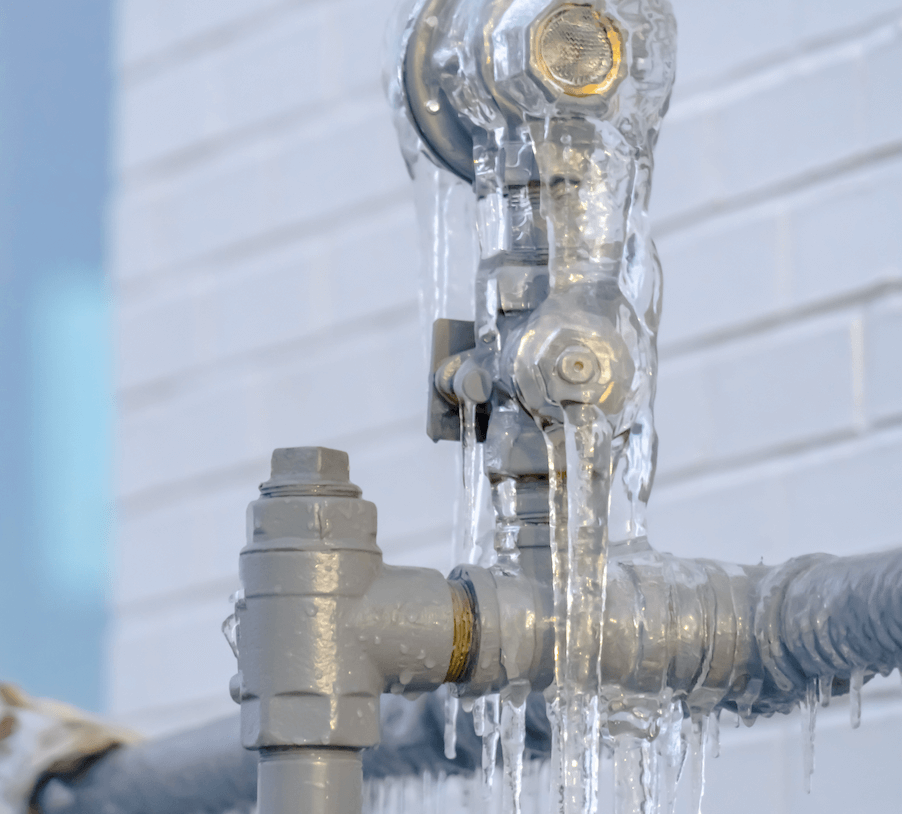Are you in search of suggestions on Helpful Tips to Prevent Frozen Pipes this Winter?

Winter can ruin your pipes, especially by freezing pipes. Below's exactly how to avoid it from taking place and what to do if it does.
Introduction
As temperatures decrease, the threat of frozen pipes boosts, possibly leading to costly repairs and water damage. Comprehending just how to stop icy pipes is essential for property owners in chilly climates.
Prevention Tips
Insulating susceptible pipes
Wrap pipelines in insulation sleeves or utilize warm tape to safeguard them from freezing temperatures. Concentrate on pipelines in unheated or outside areas of the home.
Home heating methods
Keep indoor spaces properly warmed, especially areas with pipes. Open up cabinet doors to permit warm air to distribute around pipelines under sinks.
Just how to identify icy pipes
Look for reduced water circulation from faucets, unusual odors or noises from pipes, and noticeable frost on exposed pipes.
Long-Term Solutions
Architectural changes
Consider rerouting pipelines away from outside wall surfaces or unheated locations. Add extra insulation to attics, cellars, and crawl spaces.
Updating insulation
Purchase top quality insulation for pipes, attic rooms, and walls. Proper insulation helps preserve consistent temperature levels and minimizes the danger of icy pipelines.
Safeguarding Outdoor Plumbing
Yard hoses and exterior taps
Separate and drain yard hose pipes prior to wintertime. Set up frost-proof faucets or cover outside taps with insulated caps.
Recognizing Frozen Pipes
What creates pipes to ice up?
Pipelines freeze when exposed to temperature levels below 32 ° F (0 ° C) for prolonged durations. As water inside the pipes ices up, it increases, putting pressure on the pipe wall surfaces and possibly causing them to burst.
Dangers and problems
Icy pipelines can lead to supply of water disturbances, home damages, and pricey fixings. Burst pipelines can flooding homes and create considerable architectural damages.
Indicators of Frozen Piping
Determining icy pipes early can stop them from bursting.
What to Do If Your Pipelines Freeze
Immediate actions to take
If you suspect icy pipes, keep taps open to eliminate pressure as the ice thaws. Make use of a hairdryer or towels soaked in hot water to thaw pipes slowly.
Conclusion
Stopping frozen pipes calls for proactive actions and quick reactions. By understanding the reasons, signs, and safety nets, property owners can protect their pipes during winter.
5 Ways to Prevent Frozen Pipes
Drain Outdoor Faucets and Disconnect Hoses
First, close the shut-off valve that controls the flow of water in the pipe to your outdoor faucet. Then, head outside to disconnect and drain your hose and open the outdoor faucet to allow the water to completely drain out of the line. Turn off the faucet when done. Finally, head back to the shut-off valve and drain the remaining water inside the pipe into a bucket or container. Additionally, if you have a home irrigation system, you should consider hiring an expert to clear the system of water each year.
Insulate Pipes
One of the best and most cost-effective methods for preventing frozen water pipes is to wrap your pipes with insulation. This is especially important for areas in your home that aren’t exposed to heat, such as an attic. We suggest using foam sleeves, which can typically be found at your local hardware store.
Keep Heat Running at 65
Your pipes are located inside your walls, and the temperature there is much colder than the rest of the house. To prevent your pipes from freezing, The Insurance Information Institute suggests that you keep your home heated to at least 65 degrees, even when traveling. You may want to invest in smart devices that can keep an eye on the temperature in your home while you’re away.
Leave Water Dripping
Moving water — even a small trickle — can prevent ice from forming inside your pipes. When freezing temps are imminent, start a drip of water from all faucets that serve exposed pipes. Leaving a few faucets running will also help relieve pressure inside the pipes and help prevent a rupture if the water inside freezes.
Open Cupboard Doors
Warm your kitchen and bathroom pipes by opening cupboards and vanities. You should also leave your interior doors ajar to help warm air circulate evenly throughout your home.

I came across that blog entry about How to Prevent Your Pipes From Freezing while doing a search on the web. Do you know someone else who is involved in the subject? Feel free to promote it. We truly appreciate your readership.
Book Your Appointment